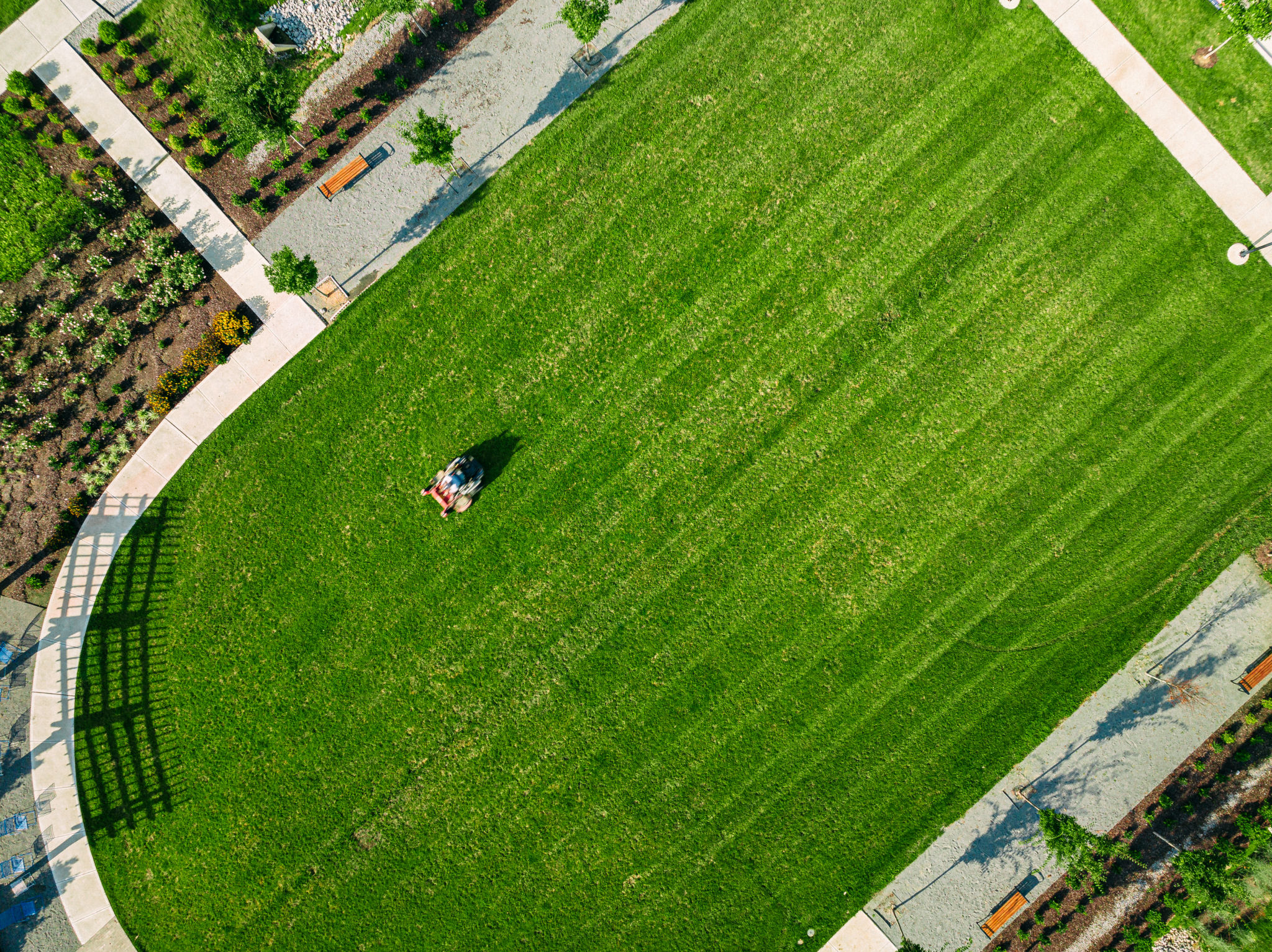How to Recover Your Lawn After a Harsh Winter in Fredericksburg
Assessing the Damage
As winter recedes and the first signs of spring begin to emerge in Fredericksburg, it's time to assess the condition of your lawn. Harsh winter conditions, like freezing temperatures and snow, can leave your grass looking less than its best. Start by walking around your yard and taking note of any brown patches, bare spots, or areas where the grass appears thin. Identifying these issues early will help you form a plan to restore your lawn to its lush, green glory.

Clearing Debris
Before you can begin the recovery process, it's crucial to clear away any debris that accumulated over the winter months. Remove fallen leaves, branches, and any other detritus that may be cluttering your yard. This step is essential as it allows sunlight to reach the grass and helps prevent mold and disease from spreading. Use a rake or leaf blower for efficiency, ensuring you cover every corner of your lawn.
Soil Aeration
Winter compaction can leave your soil dense and starved of necessary nutrients. Aerating your lawn helps relieve this compaction by creating small holes that allow air, water, and nutrients to penetrate the soil more effectively. In Fredericksburg, it's best to aerate your lawn in early spring when the grass is beginning to grow again. Renting an aerator or hiring a professional service can save time and ensure thorough coverage.

Choosing the Right Fertilizer
After aeration, it's time to feed your lawn with a high-quality fertilizer. Select a fertilizer that is rich in nitrogen, as this will encourage healthy blade growth. Spring is a key growing period for grass, so providing the right nutrients is essential for recovery. Be sure to follow the manufacturer's instructions regarding application rates to avoid over-fertilizing, which can harm your lawn.
Seeding Bare Spots
If you notice any bare spots on your lawn, seeding these areas is critical to achieving an even, lush appearance. Choose a grass seed mix that matches your existing lawn type for consistency. Lightly cover the seeds with soil and water regularly to encourage germination. Consistent moisture is vital during this stage, especially in the sometimes unpredictable Fredericksburg spring weather.

Regular Watering Schedule
Establishing a consistent watering schedule is another important step in lawn recovery. While spring often brings rainfall, it's essential to ensure your lawn receives about one inch of water per week. Use a sprinkler system or hose to maintain this level, adjusting as necessary depending on rainfall. Early morning is the best time to water to minimize evaporation and maximize absorption.
Mowing Practices
Once your grass begins to grow again, proper mowing practices will help maintain its health and appearance. Avoid mowing too early; wait until your grass reaches at least three inches in height before trimming it back. Set your mower blade high for the first few cuts to prevent stressing the new growth. Regular mowing encourages thicker grass, which can outcompete weeds and improve overall lawn health.

Preventing Future Damage
To prevent future winter damage, consider applying a winterizing fertilizer in late fall. This provides essential nutrients that prepare your grass for dormancy and strengthen its roots for the cold months ahead. Additionally, keep foot traffic to a minimum during winter months when the grass is dormant and most vulnerable.
Conclusion
Recovering your lawn after a harsh winter in Fredericksburg requires attention and effort, but following these steps will help you restore its vibrancy and health. By assessing damage early, clearing debris, aerating soil, fertilizing appropriately, seeding bare spots, maintaining a regular watering schedule, and practicing proper mowing techniques, you'll enjoy a lush lawn that enhances the beauty of your outdoor space throughout the warmer months.